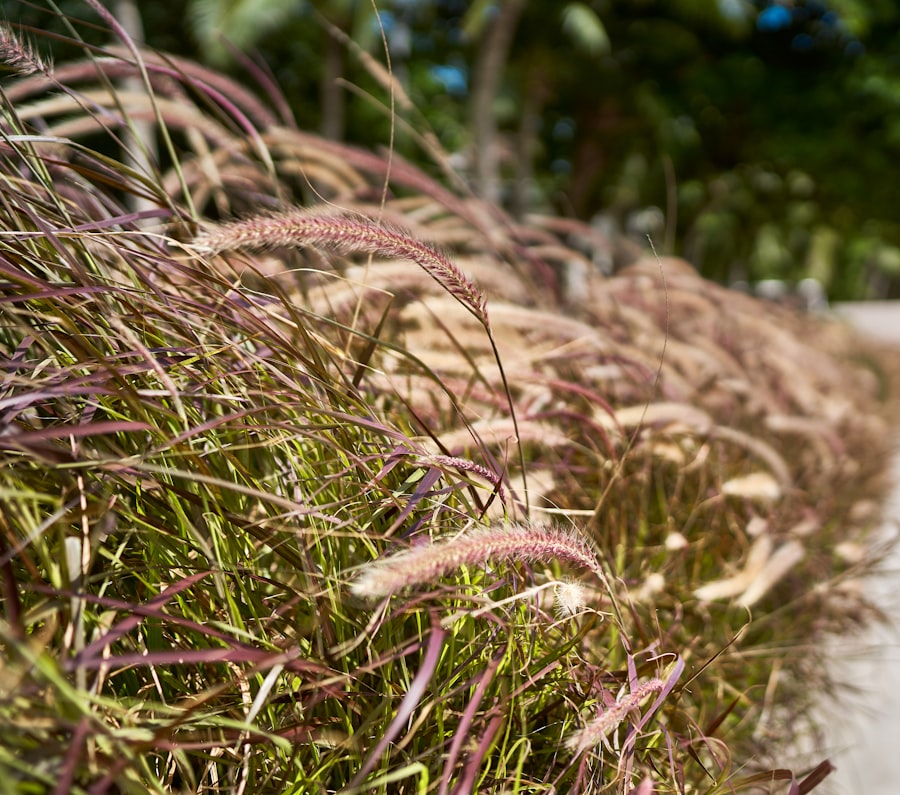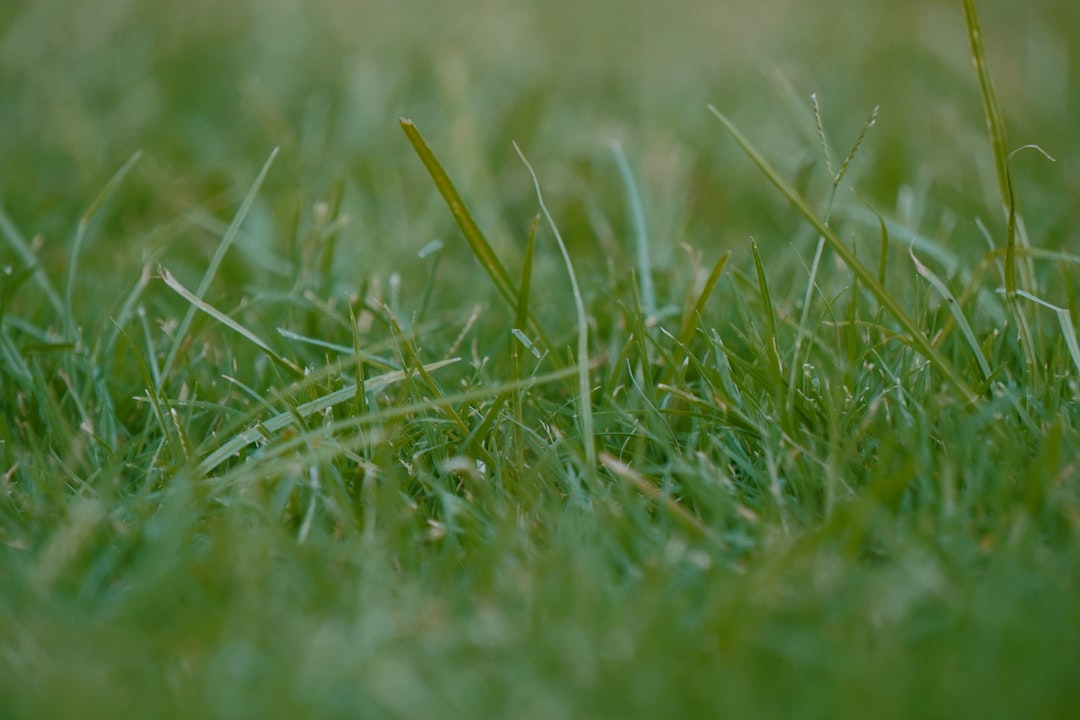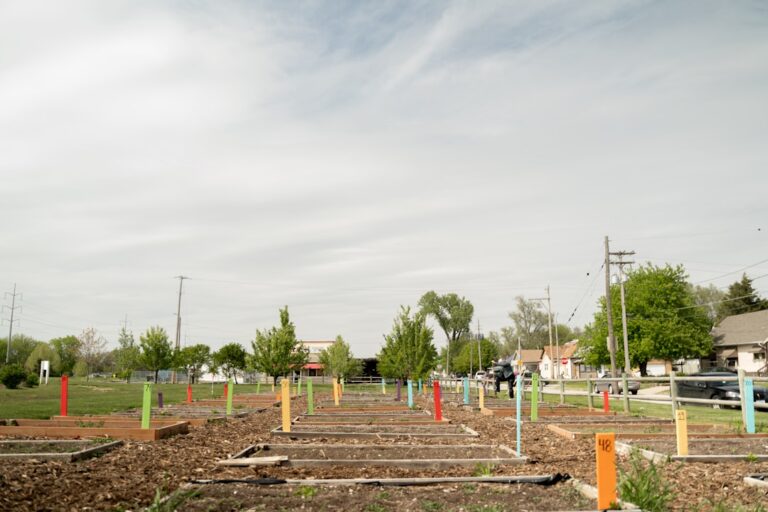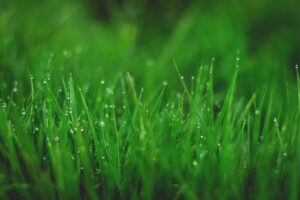Lawn aeration is a critical practice that enhances the health and vitality of your grass. It involves perforating the soil with holes to allow air, water, and nutrients to penetrate down to the roots. This process is essential for alleviating soil compaction, which can occur due to heavy foot traffic, the weight of equipment, or even natural settling over time.
Compacted soil restricts root growth and limits the ability of grass to absorb essential resources, leading to a lackluster lawn that is more susceptible to disease and pests. Moreover, aeration promotes better drainage and reduces water runoff, which is particularly beneficial in areas prone to heavy rainfall. By creating channels in the soil, aeration helps to improve the overall structure of the lawn, allowing for deeper root systems that can access moisture and nutrients more effectively.
This not only enhances the aesthetic appeal of your yard but also contributes to a more resilient lawn that can withstand environmental stresses such as drought or extreme temperatures.
Key Takeaways
- Lawn aeration is important for maintaining healthy grass and soil
- Choose the right grass aerator based on the size and condition of your lawn
- The best time to aerate your lawn is during the growing season
- Proper techniques for using a grass aerator include making multiple passes and overlapping
- Aeration benefits your lawn by improving air, water, and nutrient flow to the roots
Choosing the Right Grass Aerator for Your Lawn
Selecting the appropriate grass aerator is crucial for achieving optimal results. There are primarily two types of aerators: spike aerators and core (or plug) aerators. Spike aerators create holes in the soil by pushing down spikes, which can be effective for minor compaction issues.
However, they often do not remove any soil, which means they may not be as effective in alleviating severe compaction. On the other hand, core aerators remove small plugs of soil from the lawn, allowing for better air exchange and nutrient absorption. This method is generally recommended for most lawns, especially those experiencing significant compaction.
When choosing an aerator, consider the size of your lawn and your physical ability to operate the equipment. For smaller areas, a manual aerator may suffice, while larger lawns may require a powered or tow-behind model. Additionally, assess the condition of your soil; if it is particularly compacted or clay-heavy, a core aerator will likely yield better results.
Rental options are available at many garden centers and home improvement stores, providing an economical solution for homeowners who may not wish to invest in purchasing their own equipment.
The Best Time to Aerate Your Lawn

Timing plays a pivotal role in the effectiveness of lawn aeration. The ideal periods for aerating your lawn typically fall during the growing seasons of spring and fall. In spring, as temperatures begin to rise and grass starts to grow actively, aeration can help relieve compaction from winter activities and prepare the lawn for robust growth.
Conversely, fall aeration is particularly beneficial as it allows grass to recover from summer stress while also preparing it for winter dormancy. In regions with cool-season grasses, early fall is often considered the best time for aeration. This timing coincides with optimal growing conditions, allowing grass to take full advantage of the nutrients and moisture available after aeration.
For warm-season grasses, late spring to early summer is preferable, as these grasses thrive in warmer temperatures. Regardless of the season, it’s essential to avoid aerating during periods of drought or extreme heat, as this can further stress the lawn and hinder recovery.
Proper Techniques for Using a Grass Aerator
| Technique | Description |
|---|---|
| Overlap | Overlap each pass by about 50% to ensure complete coverage of the lawn. |
| Depth | Aerate to a depth of 2-3 inches to effectively loosen the soil. |
| Speed | Walk at a steady pace to ensure consistent aeration across the lawn. |
| Pattern | Use a crisscross pattern to cover the entire lawn from different angles. |
To maximize the benefits of lawn aeration, employing proper techniques is essential. Before beginning the process, it’s advisable to mow your lawn to a shorter height than usual; this allows the aerator to penetrate the soil more effectively. Additionally, watering your lawn a day or two before aeration can soften the soil, making it easier for the aerator to create holes without excessive resistance.
When using a core aerator, make sure to overlap your passes slightly to ensure complete coverage of the lawn. Aim for a spacing of about 2-4 inches between holes; this will provide sufficient openings for air and nutrients while preventing excessive disruption of the turf. After aerating, leave the soil plugs on the surface; they will break down over time and return valuable nutrients back into the soil.
It’s also beneficial to follow up with overseeding or fertilization after aeration to further enhance recovery and growth.
Benefits of Aeration for Your Lawn
The advantages of lawn aeration extend beyond mere aesthetics; they encompass a range of ecological benefits that contribute to a healthier environment.
By alleviating compaction and allowing roots to grow deeper into the soil, grass can access moisture and nutrients more effectively.
This leads to a denser and more resilient lawn that can better withstand environmental stresses such as drought or disease. Additionally, aeration enhances microbial activity within the soil. Healthy soil is teeming with beneficial microorganisms that play a vital role in breaking down organic matter and recycling nutrients.
By creating channels for air exchange and moisture infiltration, aeration fosters an environment conducive to microbial growth. This not only improves soil health but also contributes to a more sustainable ecosystem within your yard.
Maintaining Your Lawn After Aeration

Post-aeration care is crucial for ensuring that your lawn reaps all the benefits of this practice. After aerating, it’s important to avoid heavy foot traffic on your lawn for at least a few weeks; this allows time for the grass to recover and establish new growth without additional stress. Watering is also essential during this period; keeping the soil consistently moist will promote seed germination if overseeding was performed and will help grass recover from any stress caused by aeration.
Fertilization following aeration can significantly enhance results. Applying a slow-release fertilizer can provide essential nutrients that support recovery and growth during critical periods following aeration. If overseeding was part of your post-aeration strategy, ensure that you keep the newly seeded areas moist until they establish themselves fully.
Regular mowing should resume once new growth appears; however, avoid cutting too short initially as this can stress young grass.
Common Mistakes to Avoid When Aerating Your Lawn
While lawn aeration is a straightforward process, several common mistakes can undermine its effectiveness. One prevalent error is neglecting to assess soil moisture before aerating. Aerating dry or overly wet soil can lead to poor results; dry soil may be too hard for effective penetration, while overly wet soil can lead to further compaction rather than alleviation.
It’s crucial to find a balance where the soil is moist enough to allow easy penetration but not so wet that it becomes muddy. Another mistake is failing to properly prepare the lawn before aeration. Mowing too high or not watering adequately can hinder the effectiveness of the process.
Additionally, some homeowners may overlook the importance of following up with overseeding or fertilization after aeration; without these steps, the benefits gained from aeration may not be fully realized. Lastly, many people underestimate the importance of timing; aerating at inappropriate times can lead to stress on the grass rather than promoting healthy growth.
Hiring a Professional for Lawn Aeration Services
For those who may feel overwhelmed by the process or lack the necessary equipment, hiring a professional lawn care service can be an excellent option. Professionals bring expertise and experience that can ensure proper techniques are employed throughout the aeration process. They are equipped with high-quality machinery designed specifically for effective aeration, which can yield superior results compared to consumer-grade equipment.
Moreover, professional services often include additional treatments such as overseeding and fertilization as part of their packages. This comprehensive approach ensures that your lawn receives all necessary care in one visit, maximizing recovery and growth potential after aeration. When selecting a professional service, it’s advisable to research local companies thoroughly; look for reviews and testimonials that speak to their reliability and quality of work.
By investing in professional services, homeowners can enjoy a lush and healthy lawn without the hassle of DIY maintenance.
If you are interested in exploring the key aspects of Carvaka philosophy, you may also find the concept of grass aerator intriguing. Grass aerators help improve the health of your lawn by allowing air, water, and nutrients to penetrate the soil more effectively. This can lead to a lusher, greener lawn. To learn more about the benefits of grass aerators and how they work, check out this informative article on Carvaka philosophy.
FAQs
What is a grass aerator?
A grass aerator is a gardening tool used to perforate the soil with small holes in order to allow air, water, and nutrients to penetrate the grass roots.
Why is grass aeration important?
Grass aeration is important because it helps to alleviate soil compaction, improve root growth, and enhance the overall health and appearance of the lawn.
How does a grass aerator work?
A grass aerator typically uses spikes or tines to puncture the soil, creating small holes that allow air, water, and nutrients to reach the grass roots.
When is the best time to aerate grass?
The best time to aerate grass is during the growing season, when the grass can quickly recover from the aeration process. This is typically in the spring or fall, depending on the type of grass and climate.
What are the different types of grass aerators?
There are two main types of grass aerators: spike aerators, which use solid spikes to puncture the soil, and core aerators, which remove small plugs of soil from the ground.
How often should grass be aerated?
Grass should be aerated at least once a year, but some lawns may benefit from more frequent aeration, especially if they experience heavy foot traffic or soil compaction.
























+ There are no comments
Add yours